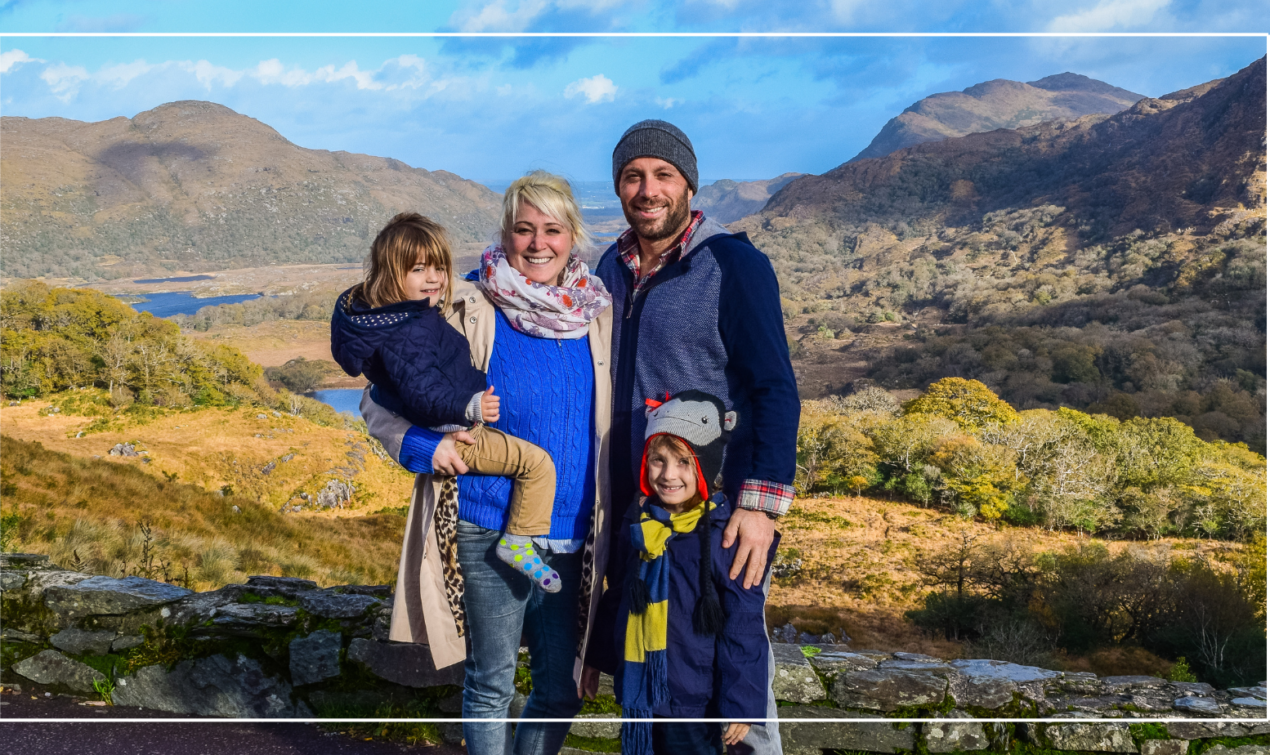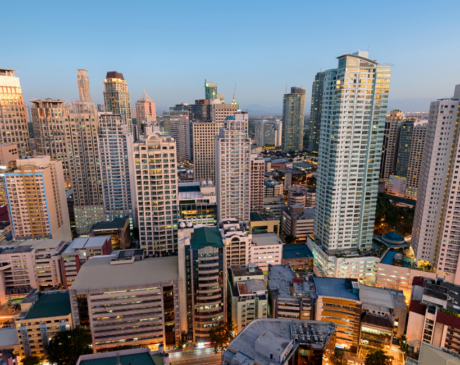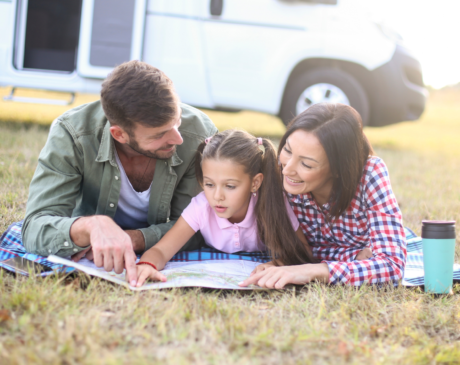Educational Slow Travel for Families: A Comprehensive Guide

Slow travel is more than just a trend; it’s a mindful approach to exploring the world that can significantly benefit families. This form of travel emphasizes immersion in local cultures, focusing on quality experiences over quantity.
For families, especially those with children, it offers an enriching and educational experience that extends beyond the traditional vacation.
From enhancing children’s learning experiences to fostering stronger family bonds, educational slow travel opens up a world of possibilities.
In this guide, we’ll explore how families can embrace slow travel, select the best destinations, plan kid-friendly itineraries, and make eco-conscious and budget-friendly choices.
What Are the Benefits of Educational Slow Travel for Families?
Slow travel, particularly for families, has numerous advantages:
a. Enhanced Learning Opportunities
One of the most significant benefits is the educational value it brings. Unlike rushed tours, slow travel allows families to immerse themselves in local cultures, traditions, and languages.
Children have the opportunity to learn in a real-world setting, exploring museums, historical sites, and natural wonders while engaging directly with the local community.
This hands-on experience is far more impactful than textbook learning, creating lasting memories and a deeper understanding of the world.
b. Strengthening Family Bonds
Slow travel encourages quality time. When families take the time to explore a destination at a leisurely pace, they experience new things together, away from the stress of everyday life.
This shared experience fosters closer relationships, as there is time for meaningful conversations and activities that everyone can enjoy, such as cooking classes, nature walks, or art workshops.

c. Promoting Eco-Friendly Family Vacations
By reducing travel speed and staying longer in one place, families can minimize their environmental impact. Choosing eco-friendly accommodations, opting for public transport, and supporting local businesses are ways to engage in sustainable travel practices.
It’s also a great way to teach children about sustainability and responsible tourism, making them more mindful travelers from a young age.
2. How to Plan an Educational Slow Travel Experience for Families
Family travel planning is crucial to ensuring a successful slow travel experience. Here are key steps to consider:
a. Choosing the Best Slow Travel Destinations
Picking the right destination is essential. Look for places that offer a variety of educational and kid-friendly experiences, such as interactive museums, nature reserves, cultural workshops, or guided tours that cater to families.
Europe, for example, is a treasure trove of such destinations, with cities like Florence (art history), Edinburgh (literary tours), and Vienna (music history) being ideal for families looking for educational opportunities.
b. Crafting Child-Friendly Travel Itineraries
Creating an itinerary that balances learning with play is important. Mix educational activities like visiting historical sites with fun, engaging experiences such as nature hikes, cooking classes, or beach days.
Be mindful of children’s energy levels and attention spans; plan rest days to avoid travel burnout. For younger children, interactive experiences like farm visits or science museums can make learning exciting and enjoyable.
c. Budgeting for a Slow Travel Family Trip
Slow travel doesn’t have to break the bank. In fact, staying longer in one place can reduce accommodation and transportation costs. Families can opt for vacation rentals with kitchens, allowing them to prepare meals instead of dining out every day.
Using family discounts at attractions or choosing destinations where children can enter for free are other ways to save. Budget family travel plans also include taking advantage of off-peak seasons, which not only reduces costs but also avoids crowds.
3. Top Slow Travel Destinations for Families
Finding the right destination is key to a successful slow travel experience. Here are a few family-friendly options:
a. Tuscany, Italy: History and Nature
Tuscany offers a rich blend of history, art, and natural beauty. Families can explore ancient ruins, visit vineyards, and participate in cooking classes.
The region’s small villages provide an authentic experience away from the tourist crowds, perfect for families wanting to immerse themselves in local culture and cuisine.
b. Kyoto, Japan: Tradition and Innovation
Kyoto is a fantastic destination for families interested in learning about Japanese culture and traditions. From tea ceremonies to samurai sword classes, the city is full of child-friendly activities.
The slow pace of the city and its emphasis on nature, with its zen gardens and bamboo forests, make it an ideal spot for educational slow travel.

c. Costa Rica: Wildlife and Conservation
Costa Rica is perfect for eco-friendly family vacations. It offers numerous wildlife reserves, national parks, and eco-lodges, making it a great place for children to learn about conservation.
Families can go on guided tours to see sloths, turtles, and exotic birds, or participate in conservation projects, providing kids with hands-on learning experiences.
4. Activities for Educational Slow Travel with Children
To make the most out of slow travel, it’s essential to incorporate activities that keep children engaged while providing educational value.
Here are some ideas:
a. Nature Walks and Wildlife Tours
Taking children on nature walks, especially in protected reserves, allows them to learn about local flora and fauna.
Guided wildlife tours are excellent for older children who can participate in animal tracking or birdwatching activities, adding an educational layer to the adventure.
b. Cultural Workshops
From pottery classes in Greece to martial arts lessons in China, cultural workshops provide hands-on learning experiences. These activities allow children to connect with the local culture creatively and meaningfully.
c. Visiting Historical Sites
When exploring historical sites, opt for child-friendly guided tours that offer interactive elements like treasure hunts or storytelling. This approach makes history come alive, keeping children interested and helping them grasp the significance of the places they visit.
5. Eco-Friendly Travel Tips for Families
Sustainable family travel is not only about reducing your carbon footprint but also teaching children the importance of protecting our planet. Here are some practical tips:
a. Choose Eco-Friendly Accommodations
Look for eco-lodges or green-certified hotels that prioritize sustainability. These accommodations often offer programs that educate guests on conservation efforts, making it a learning opportunity for the whole family.
b. Reduce Carbon Footprint with Public Transportation
Instead of renting a car, families can use public transportation or rent bicycles to explore a city. This is not only eco-friendly but also a fun way for children to experience a new environment. Some destinations, like Amsterdam or Copenhagen, are particularly bike-friendly, making them perfect for slow travel.
c. Support Local Businesses
Purchasing locally made products and eating at small, family-owned restaurants supports the local economy and reduces environmental impact.
It also provides families with a more authentic travel experience, teaching children the importance of supporting sustainable tourism practices.
6. How to Budget a Educational Slow Travel for Families
Slow travel can be affordable if approached strategically. Here are some tips for budgeting:
a. Travel During the Off-Season
Traveling during off-peak seasons reduces costs significantly, from flights to accommodations. It also provides a quieter experience, allowing families to enjoy destinations without the usual crowds.
b. Choose Vacation Rentals Over Hotels
Vacation rentals, especially those with kitchen facilities, can save families a substantial amount on food costs. Preparing meals together can also be a fun family activity, providing an opportunity to explore local markets and try new ingredients.
c. Prioritize Free or Low-Cost Activities
Many destinations offer free museums, parks, or guided walking tours. Incorporate these into your itinerary to save money while still engaging in meaningful, educational experiences.
Conclusion: Embrace Educational Slow Travel for Unforgettable Family Adventures
Educational slow travel for families isn’t just about taking a vacation; it’s about creating enriching experiences that educate and inspire both parents and children.
By choosing the right destinations, planning child-friendly activities, and embracing eco-friendly practices, families can enjoy meaningful, budget-friendly trips that leave a positive impact.
Whether it’s exploring ancient ruins, learning traditional crafts, or trekking through nature reserves, slow travel provides families with the opportunity to connect, learn, and grow together.
Embrace the journey—your next adventure awaits!



